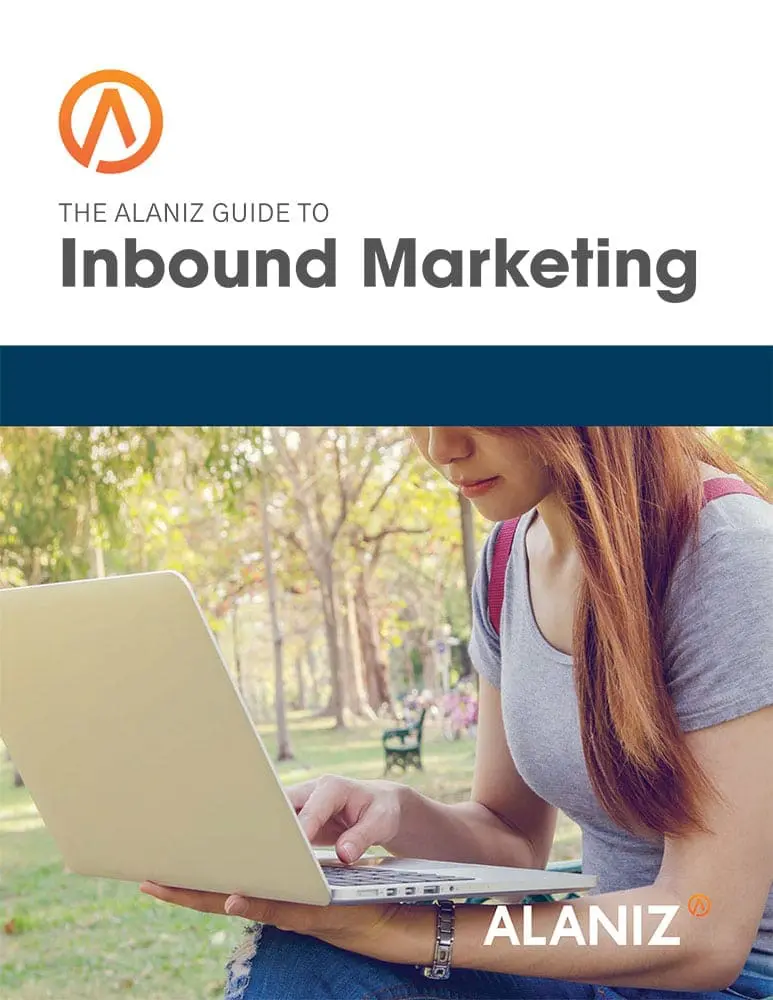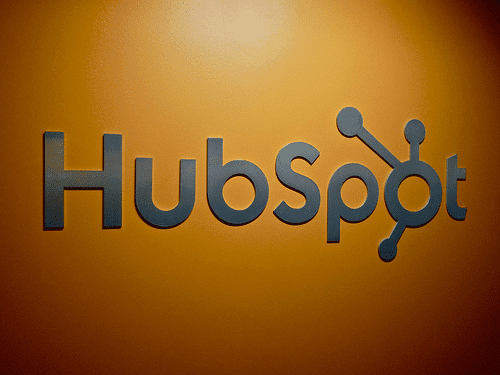This blog post is part of “The Ultimate Guide to Lead Generation” blog series.
When we bring up the subject of marketing automation with clients, most immediately ask how much it costs. They’re thinking about the cost of a platform like HubSpot, SharpSpring, Act-On, or Infusionsoft. Those can run from a few hundred dollars per month to a few thousand, depending on the features you want and the number of contacts you have.
But “how much does it cost” is not really the right place to start.
First you need to know what a customer is worth. How many new customers do you need to reach your growth goals? Where do your best leads come from? How can you increase the qualified lead flow from existing sources? Are there additional channels that are under producing but could be improved? Are there new channels that you are missing entirely?
In most cases, it’s a matter of simple math. If you’re getting your best leads from online search, and currently 1,000 people per month visit your site and 5 percent convert to sales, your goal might be to double web traffic which will likely double sales from that channel. This is where clients start to get excited and focus less on “how much does it cost” and more on “what am I going to get.” That’s a much more positive conversation. It’s goal oriented rather than cost oriented.
The goal of any marketing program or platform is not to save money, strictly speaking, though there are cost-effective options available. The goal is to grow your business with efficient, measurable, manageable tools and processes. Marketing automation can be a great way to do this. There are certainly costs associated with marketing automation and the platform is just the starting point. You will also have to create or revise web pages for search engine optimization, write blog posts to publish more content, create landing pages and content offers, write emails, and build workflows. If you don’t have the internal resources to do this, you can turn to a marketing agency with experience doing this.
Marketing automation typically involves building a marketing strategy around search engine optimized content to attract traffic, content offers on landing pages with forms to get contact information from people who request the document, and automated email workflows to qualify leads and convert them to sales. Inbound traffic will come from people who find you through search engines. Outbound marketing like direct email, advertising, and PR should drive traffic to those landing pages for qualification. Ideally, your website becomes a kind of 24/7 inside salesperson–fielding requests, qualifying leads, following up, and handing off the best leads to the sales team.
How much does it cost? Wrong question! A better question is how much is it worth to reach or exceed your sales and growth goals?
This blog post is part of “The Ultimate Guide to Lead Generation” blog series.




